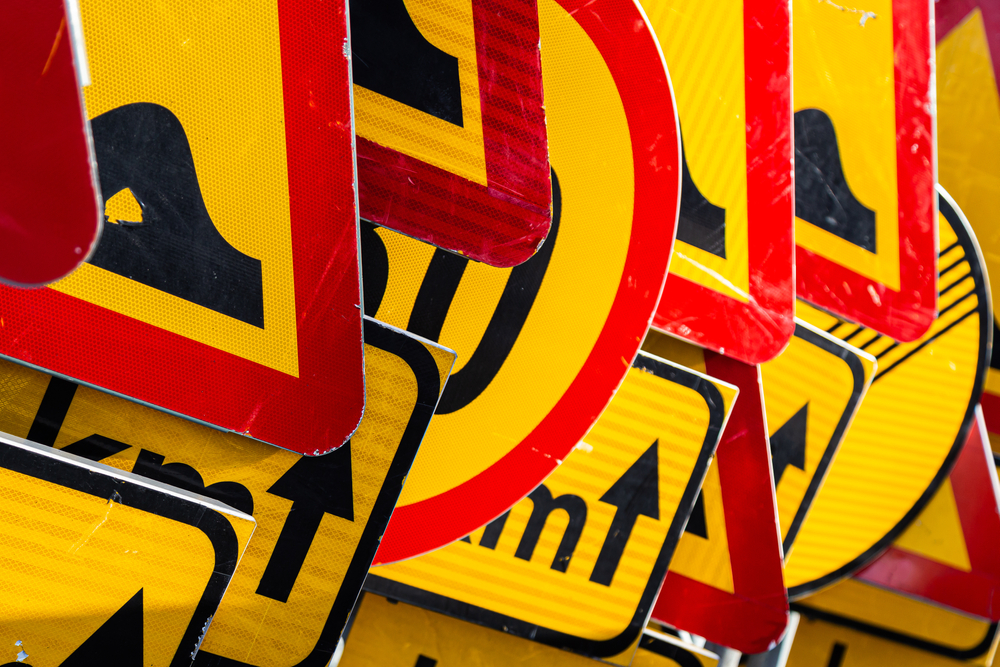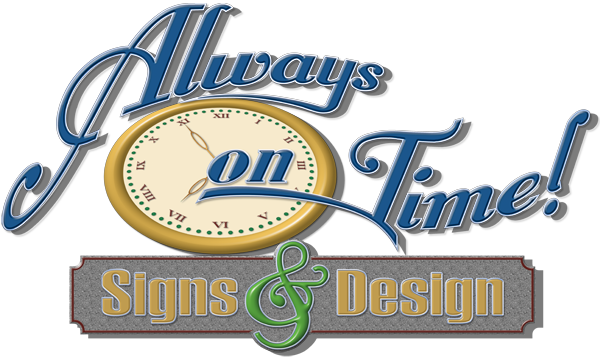
In today’s fast-paced world of highways, intersections, and work zones, regulatory signs serve as the silent enforcers of order, safety, and compliance. Unlike warning or informational signs, regulatory signs are legally binding—violating them can lead to penalties, legal consequences, or worse, endanger lives. From speed limits to lane usage, these signs define the parameters within which vehicles and pedestrians must operate.
1. Stop Sign (R1-1)
What It Means:
The iconic red octagon with white letters is universally recognized and universally enforced. It tells drivers to come to a complete stop at intersections and proceed only when it’s safe.
Legal Backing:
Under the Uniform Vehicle Code (UVC), a driver must stop at a clearly marked stop line or, if none, before entering the crosswalk. Failure to stop is a traffic violation punishable by fines or points on a driver’s license in most jurisdictions.
Deployment Tip:
Proper placement is crucial—stop signs must be visible from a distance and not obscured by foliage or parked vehicles.
2. Yield Sign (R1-2)
What It Means:
A red and white inverted triangle, the yield sign tells drivers to slow down and give the right-of-way to traffic in the intersection or roadway they are approaching.
Legal Backing:
Yield laws are standardized across states. Violating a yield sign can result in an at-fault designation in an accident and carry monetary penalties.
Where It’s Used:
Commonly installed at freeway entrance ramps, roundabouts, and intersections without heavy traffic flow.
3. Speed Limit Signs (R2 Series)
What It Means:
The speed limit sign dictates the maximum (and sometimes minimum) speed allowed under ideal road and weather conditions.
Legal Backing:
Every state adopts speed regulations under its state motor vehicle codes, and these are strictly enforced by law enforcement. Exceeding posted limits can result in tickets, license suspension, or insurance hikes.
Smart Zones:
Work zones often have temporary reduced speed limits with higher penalties—making clear and legible signs crucial.
4. Do Not Enter (R5-1)
What It Means:
A red circle with a white horizontal bar through the center—it prohibits vehicles from entering a road or area in the wrong direction.
Legal Backing:
Violating this can result in reckless driving charges, especially if it leads to a head-on collision or endangerment.
Best Practice:
Commonly placed at the exit ramps of freeways or one-way streets, particularly in urban areas and near construction detours.
5. No U-Turn (R3-4)
What It Means:
U-turns are not permitted where this sign is posted. It is designed to prevent traffic hazards caused by turning into opposing traffic lanes.
Legal Backing:
Municipalities regulate U-turn laws, and violating them can result in hefty fines, especially in congested or accident-prone intersections.
Consideration:
Place with sufficient sight distance and in conjunction with directional arrows for alternative routes.
6. One Way (R6 Series)
What It Means:
Indicates that traffic is only allowed to move in the direction shown by the arrow.
Legal Backing:
Driving the wrong way on a one-way street is often considered a serious offense and may lead to points on your license, increased fines, or even criminal charges in severe cases.
Strategic Use:
Essential in dense city grids and temporary traffic redirection during construction projects.
7. No Parking Anytime (R7-1)
What It Means:
Vehicles are not permitted to park at any time where this sign is displayed.
Legal Backing:
Parking violations are governed by local ordinances. Towing, fines, and citations are typical enforcement actions.
High-Value Areas:
Vital near fire hydrants, intersections, hospital zones, or emergency access areas.
8. Truck Route / No Trucks (R14 Series)
What It Means:
Designates roads that trucks must use (or avoid) due to weight limits, bridge clearance, or residential regulations.
Legal Backing:
The Federal Highway Administration (FHWA) and state DOTs set guidelines for commercial vehicle movement. Violations can lead to significant citations, particularly for over-limit weights or unauthorized entry.
Traffic Planning:
Use in freight-heavy corridors or sensitive zones like schools and historic neighborhoods.
9. Handicap Parking Only (R7-8)
What It Means:
Only vehicles with valid disabled permits or license plates may park here.
Legal Backing:
Regulated by the Americans with Disabilities Act (ADA) and enforced by both local and federal authorities. Violators may face severe fines, especially in larger municipalities.
Installation Tips:
Ensure ADA-compliant signage height and placement, as well as accompanying pavement markings.
10. Pedestrian Crossing (R1-5, R1-6 Series)
What It Means:
Mandates that motorists must yield to pedestrians in marked crosswalks.
Legal Backing:
Federal and state pedestrian right-of-way laws strictly enforce driver compliance. Violations can be deemed as reckless endangerment, especially in school zones.
Real-Time Tools:
Supplement signs with flashing beacons, speed feedback signs, or smart detection systems for added safety.
The Role of Regulatory Signs in Smart Work Zones
As roadway systems become more digitized, so does the role of signage. Modern regulatory signs are often integrated into Smart Work Zones—real-time, adaptive traffic environments that optimize both safety and flow using IoT technologies and dynamic messaging.
Examples Include:
- Dynamic Speed Limit Signs that adjust based on congestion.
- Conflict Warning Systems alerting drivers of merging hazards.
- Queue Detection and Video Monitoring that feeds live data to transportation management centers.
Legal and Safety Compliance for Municipalities and Contractors
Regulatory signs are not just helpful—they’re required. Any agency or contractor involved in road construction, maintenance, or traffic control must adhere to the Manual on Uniform Traffic Control Devices (MUTCD), which outlines the design, placement, and usage of regulatory signage.
Consequences of Non-Compliance:
- Legal liability in accidents
- Loss of DOT funding
- Failed safety inspections
- Increased project costs due to corrective actions
Choosing the Right Partner for Regulatory Signage and Traffic Equipment
The stakes are high when it comes to traffic safety and compliance. That’s why choosing a trusted, full-service provider is essential to your project’s success—whether you’re a municipal planner, contractor, or civil engineer.
Enter Worksafe Traffic Control Industries
Worksafe Traffic Control Industries has been New England’s trusted traffic safety provider for over 25 years. We specialize in:
- Design, manufacturing, and distribution of all types of regulatory signs
- Short- and long-term rentals of traffic control devices
- Smart Work Zone integration using real-time technology
- Deployment and 24/7 support across all phases—from planning to repair
Whether you need message signs, arrow boards, speed trailers, dynamic lane merge systems, or microwave traffic monitoring, we’ve got you covered.
Why Clients Trust Worksafe Traffic Control Industries:
- Turnkey Solutions: From design through implementation and post-installation maintenance.
- Real-Time Readiness: Our smart traffic systems adapt to live conditions to keep roads safe.
- Compliance-Driven: All signage meets MUTCD and DOT regulations.
- Flexible Rentals: Large inventory of equipment with affordable leasing options.
- Responsive Support: Our 24/7 service means your operations stay uninterrupted.
Make the Safe Choice
Traffic safety is non-negotiable—and the right signs are your frontline defense. Whether you’re overseeing a multi-year infrastructure project or need a one-day rental, Worksafe Traffic Control Industries delivers the regulatory signage, equipment, and support you need to get the job done safely and legally.
Call our expert team to explore how we can support your next project with custom solutions and cutting-edge equipment.

